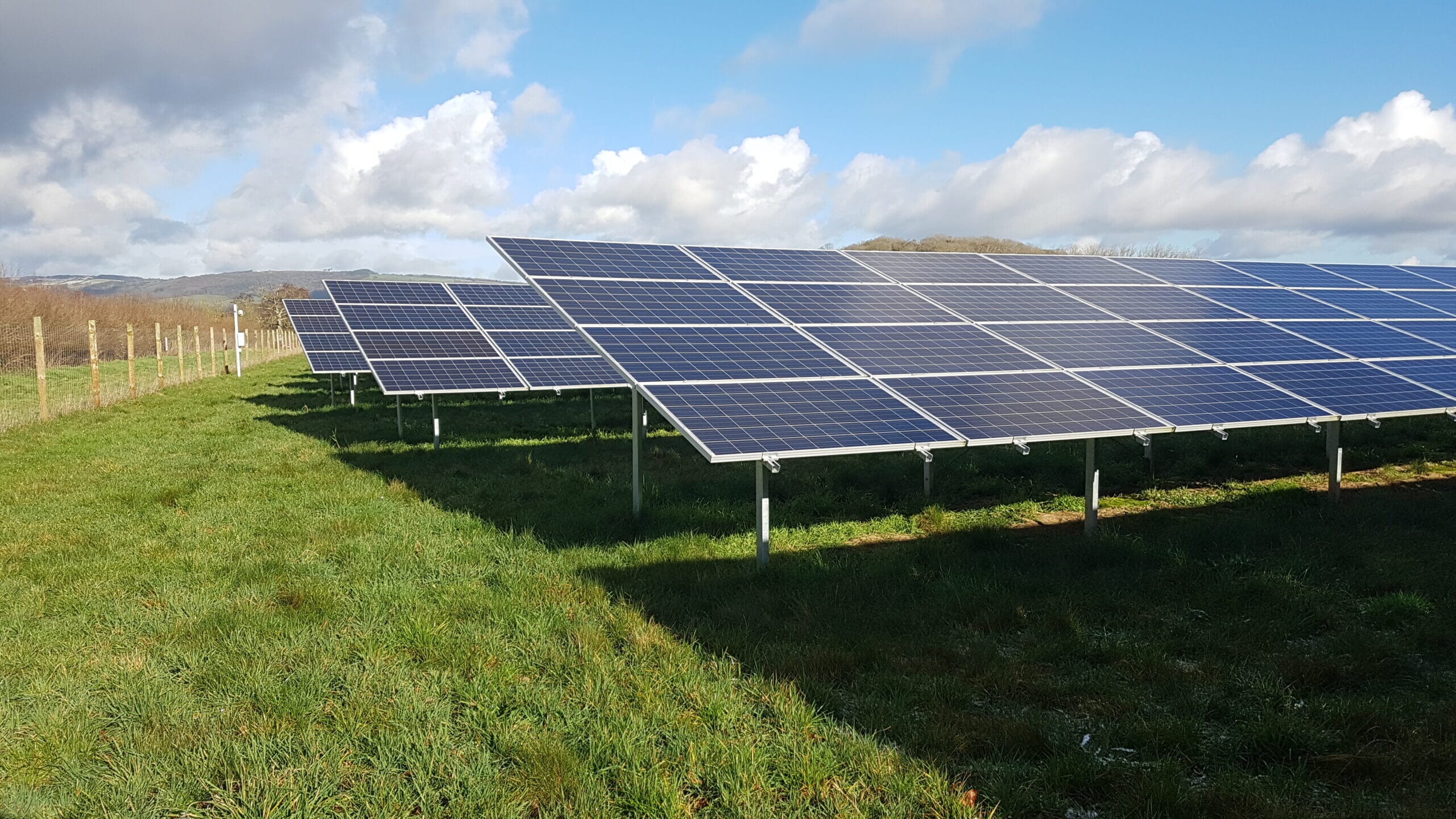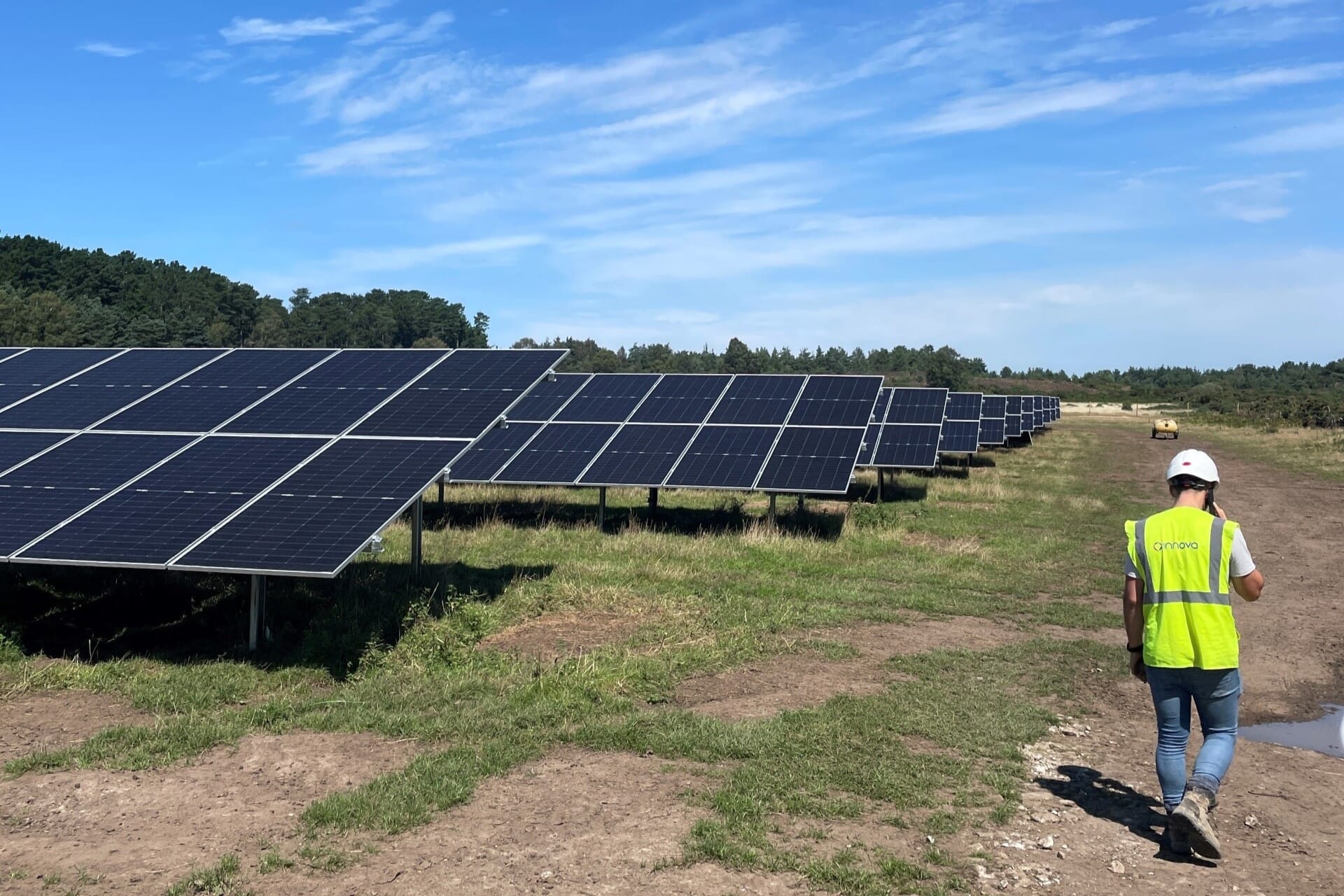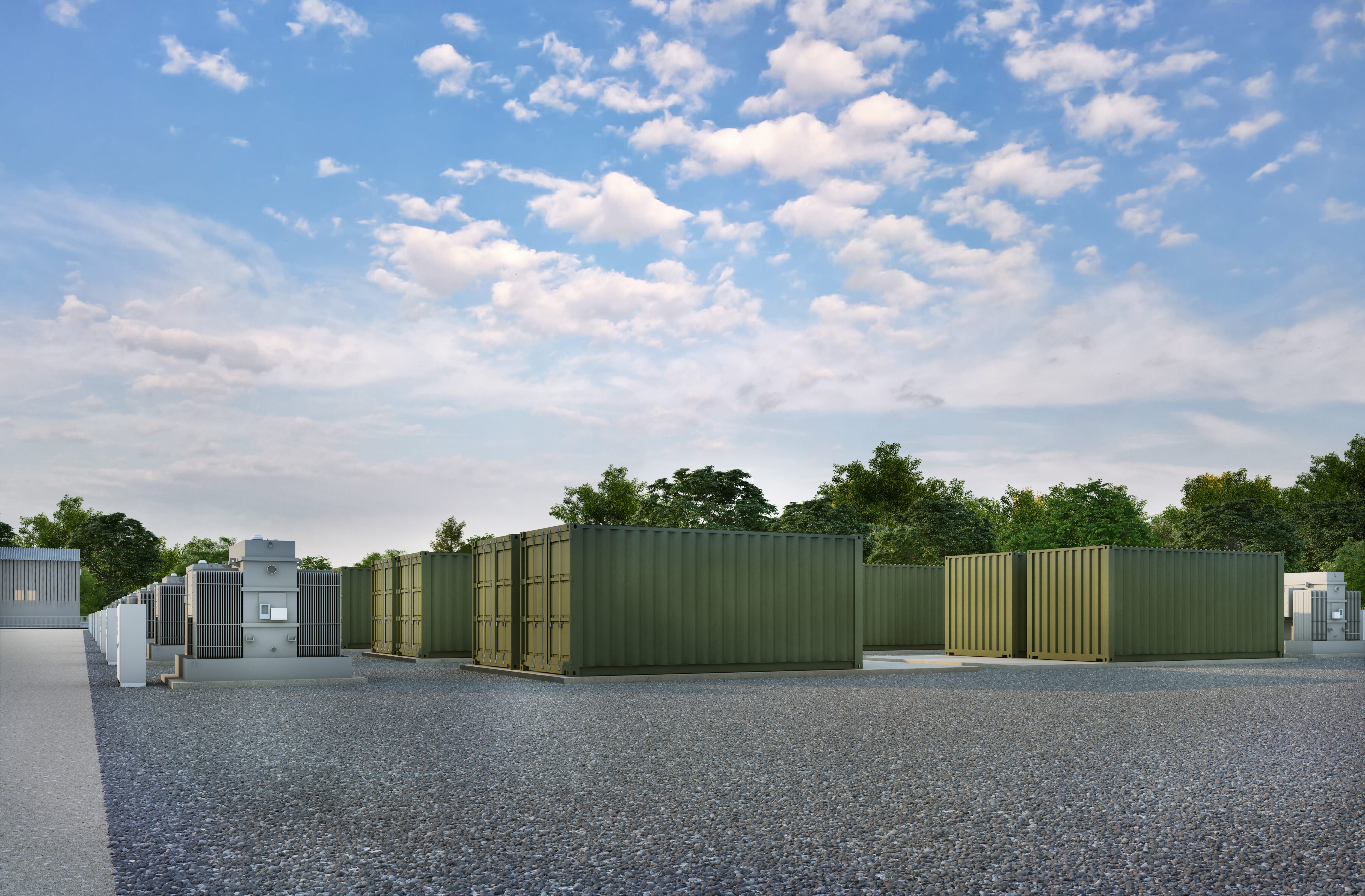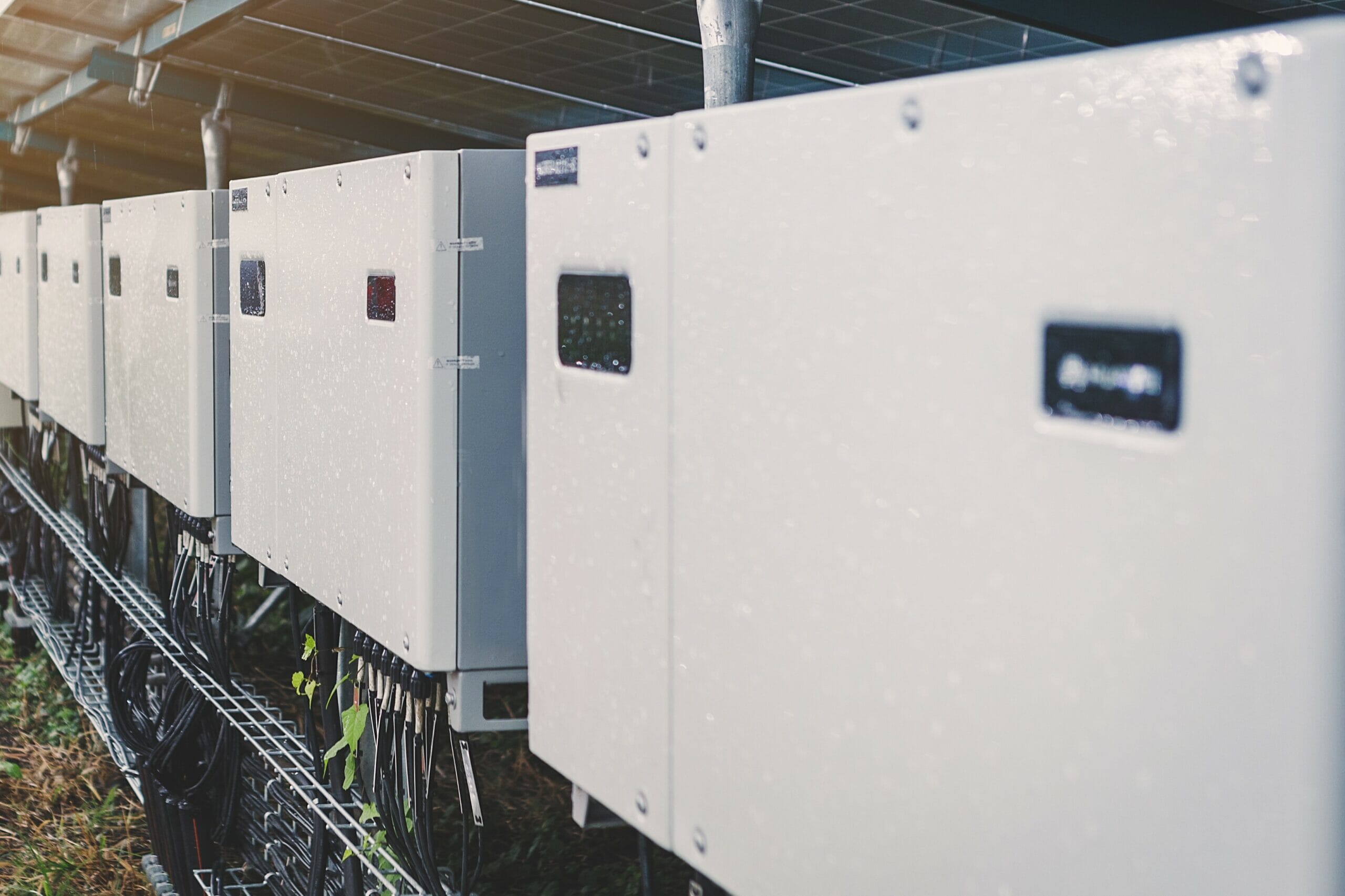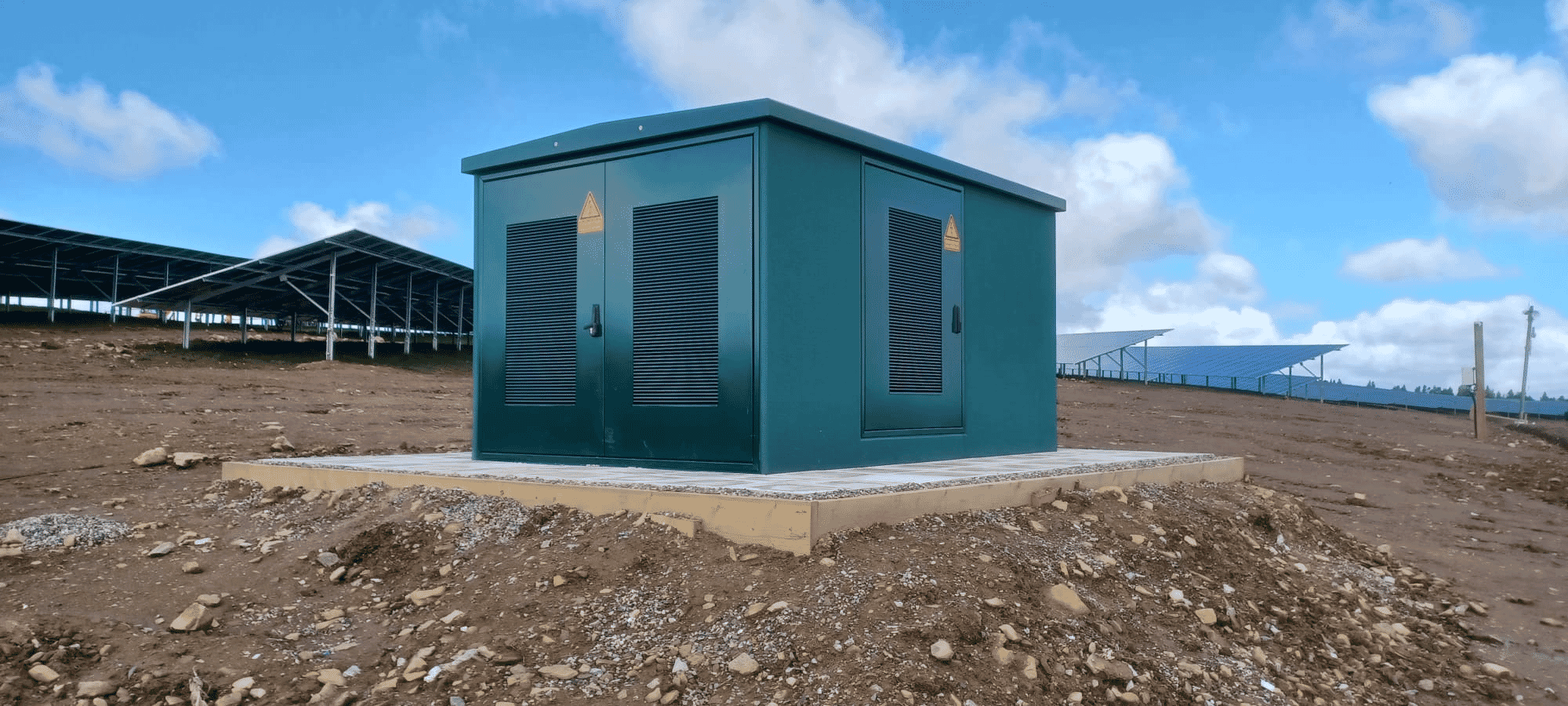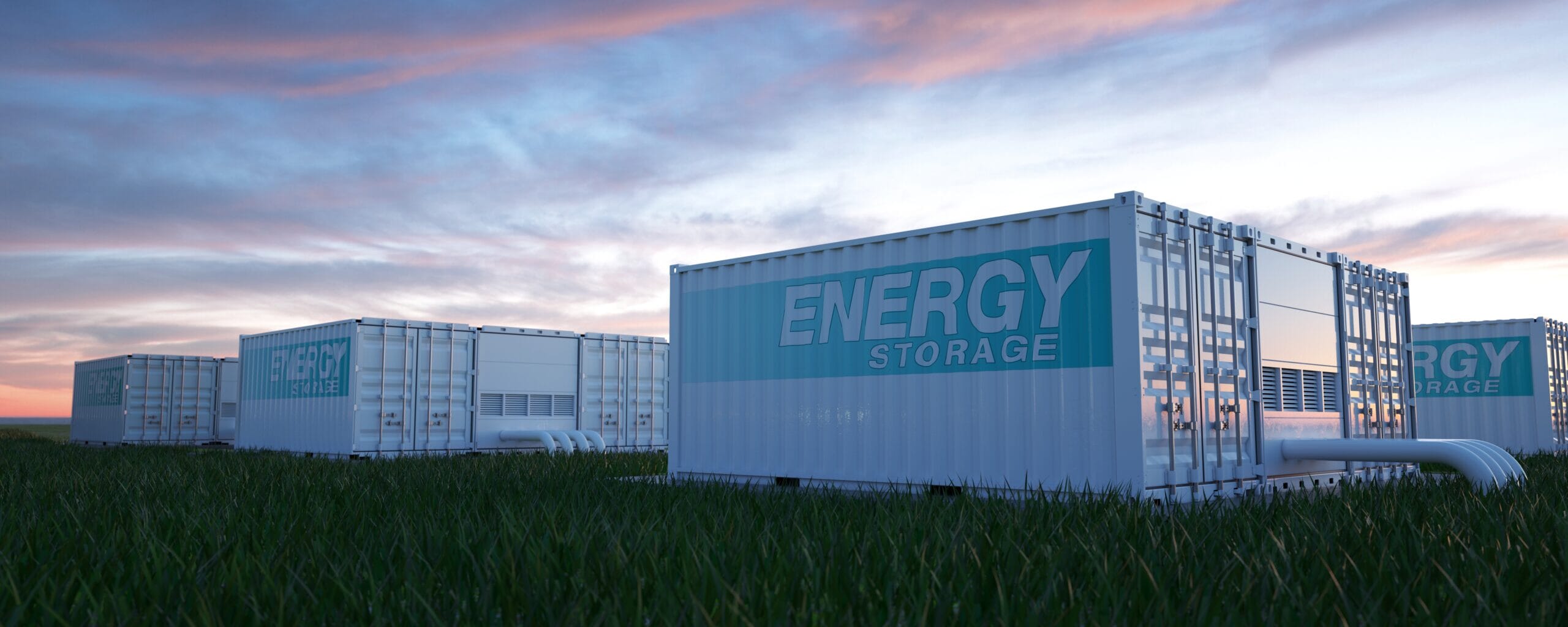Introduction
Innova are proposing to develop, a solar and energy storage project at Aston Grange Farm, Aston, Cheshire. The site would be able to generate 20MW (Megawatts) of electricity and could, power around 5,700 homes and save approximately 4,150 tonnes of CO2 emissions annually.
The proposal would support the UKs transition to net zero and increased use of renewable energy through supporting the availability of energy to the National Grid. Renewable energy is characterised by its intermittent generation profile. For example, solar energy is produced during daylight hours, and wind generation fluctuates between seasons and during windy/less windy periods. Energy storage developments like the one proposed at Hall Farm provide a solution to this, by storing electricity from the grid at times of peak generation and releasing electricity back into the grid at times of peak demand. The proposal would provide a significant amount of energy storage capacity which is needed to balance the supply and demand for energy in the UK. It also facilitates the continued deployment of renewable energy onto the electricity network.
The site has been carefully selected and designed through a detailed assessment process considering grid availability, heritage, landscape & amenity, ecology & environmental designations, access, and agricultural land quality. We have engaged a team of expert consultants to undertake site specific assessment which are currently in progress.
Following a Public Consultation event in Nov 2022, the site design was revised to incorporate the feedback received. These updates will be reflected in the upcoming Planning application.
